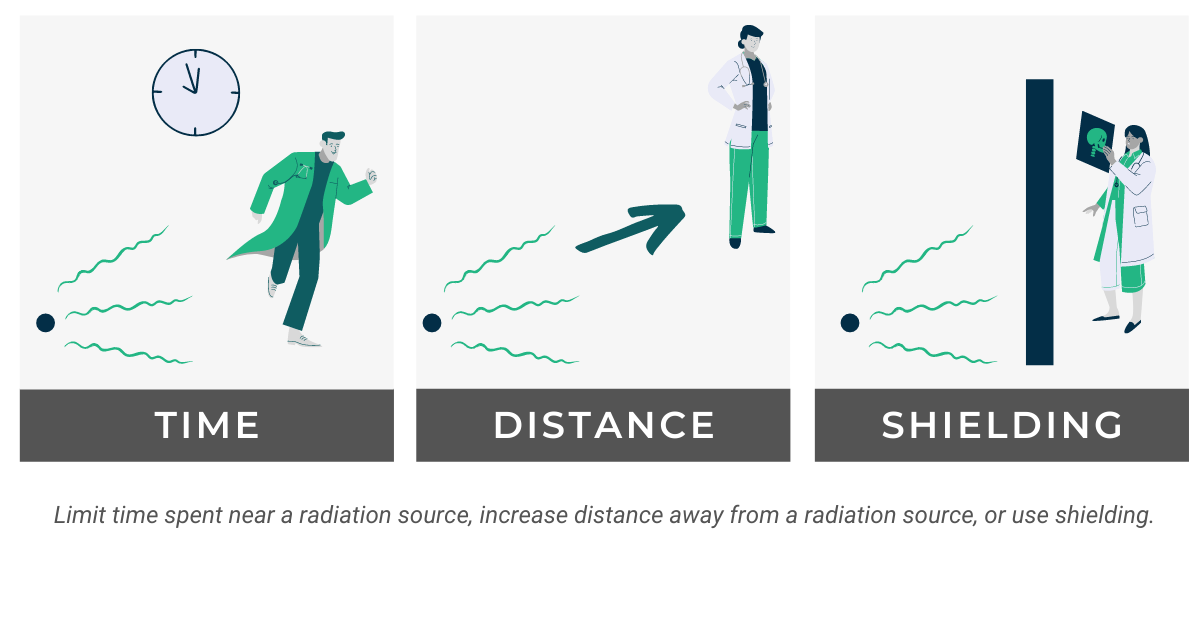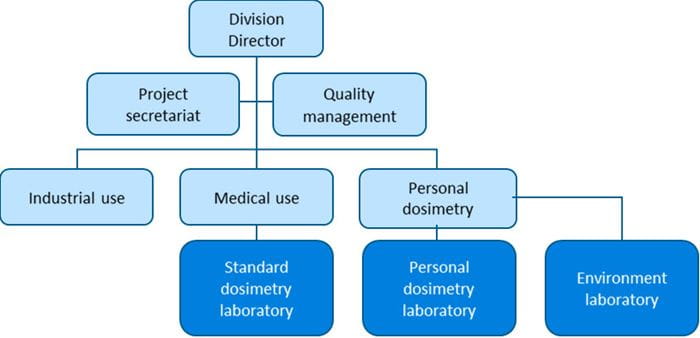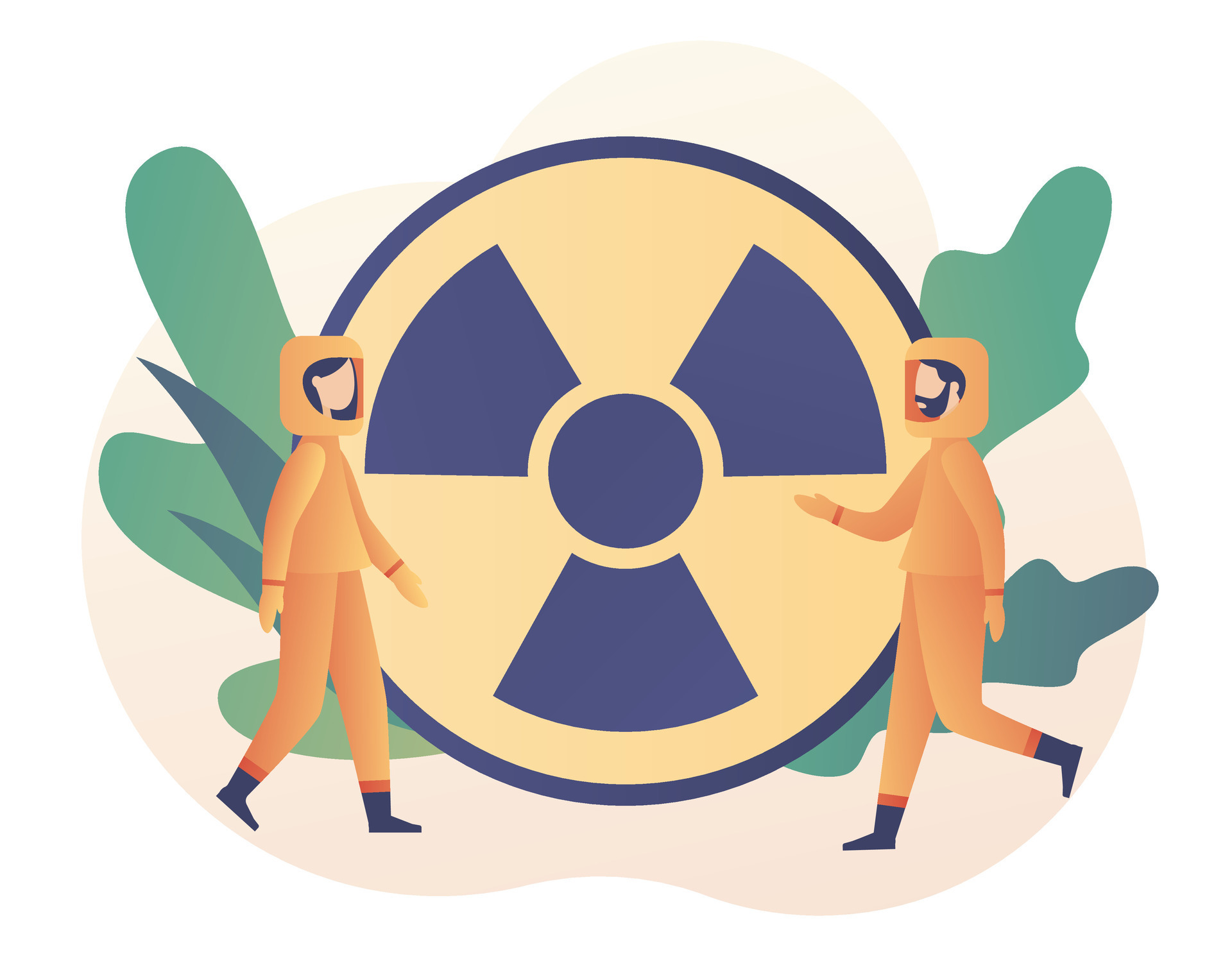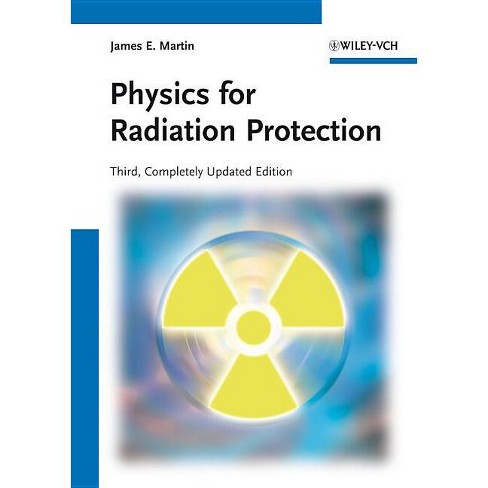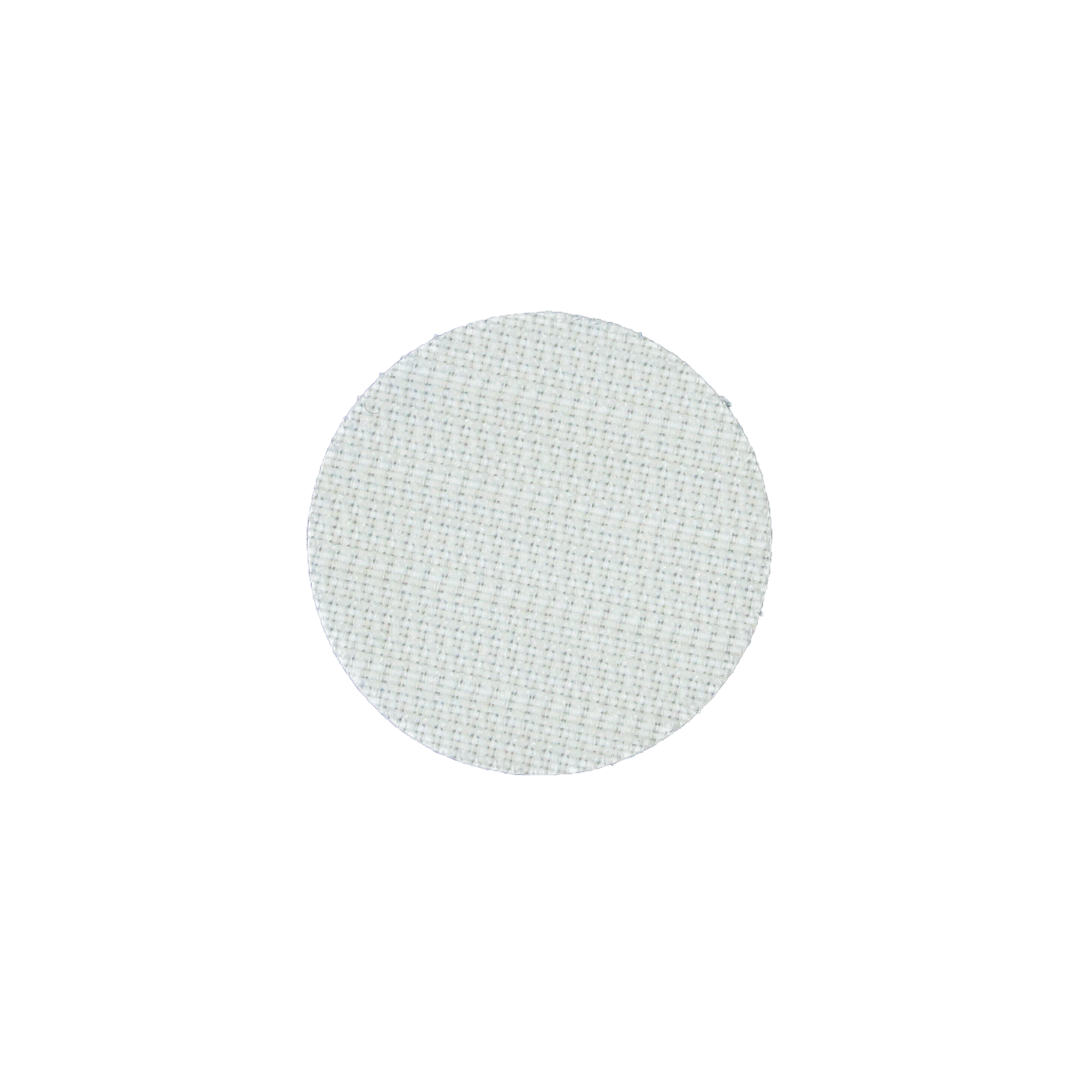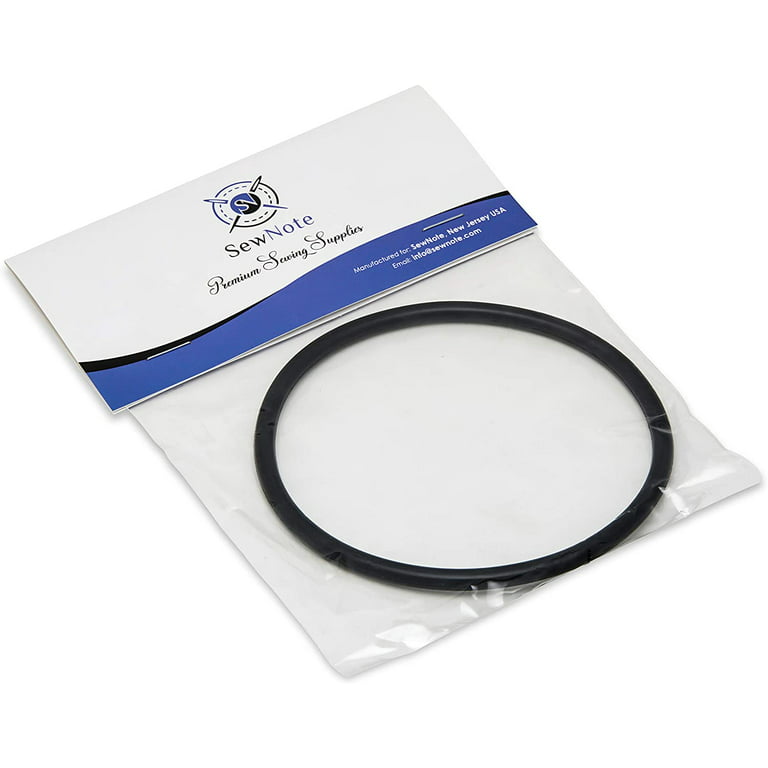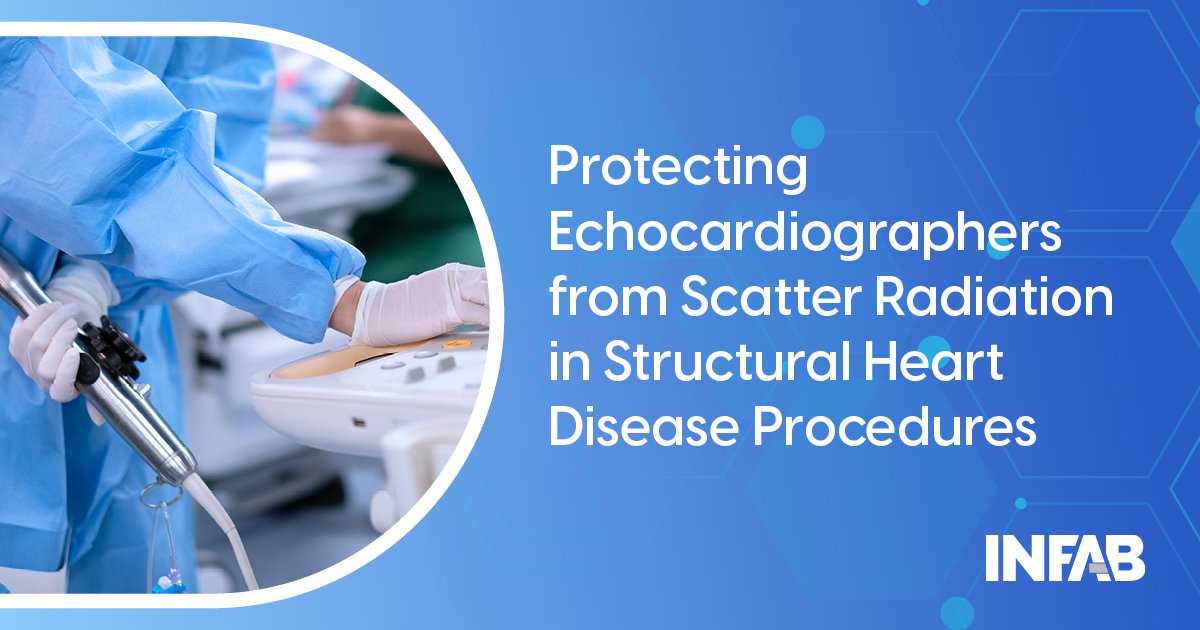
Protecting Echocardiographers from Scatter Radiation in Structural Heart Disease Procedures - Infab
As structural heart disease (SHD) advances in cardiovascular medicine, echocardiographers have become vital to the technical success of SHD procedures. However, working in cardiac catheterization or hybrid cardiac surgical suites exposes them to risks, specifically radiation exposure during transesophageal echocardiography (TEE), a procedure that uses ultrasound to visualize the heart's structures.

Introduction to neonatologist-performed echocardiography
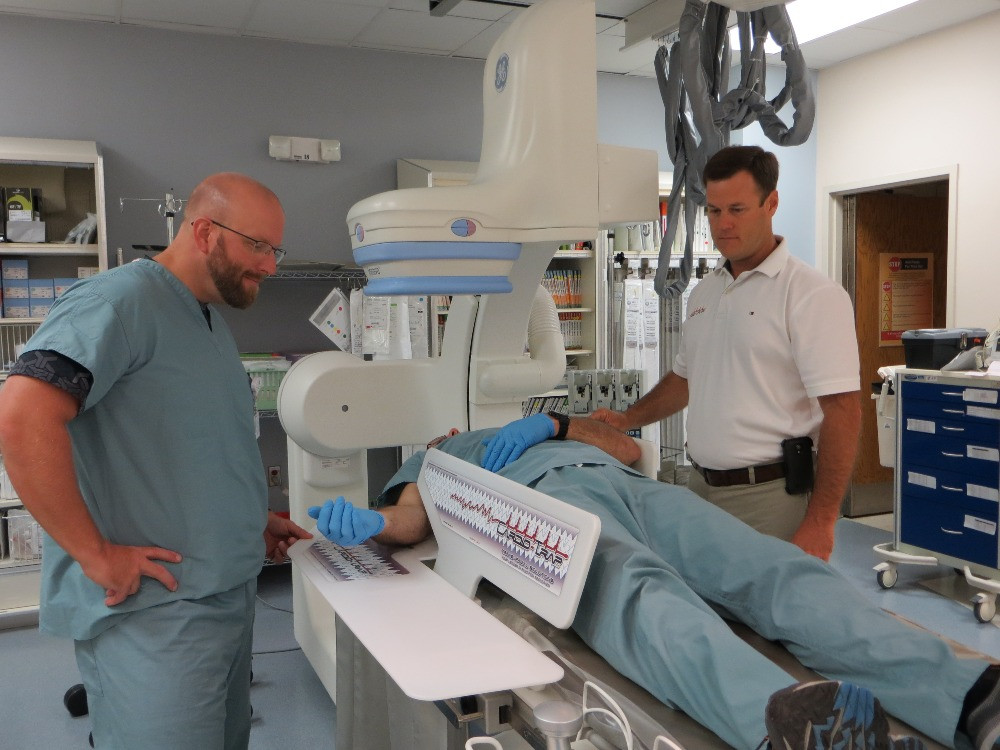
Scatter Radiation

Lead Apron & Radiation Protection Blog by Infab

Radiation Safety for the Interventional Cardiologist—A Practical Approach to Protecting Ourselves From the Dangers of Ionizing Radiation - American College of Cardiology
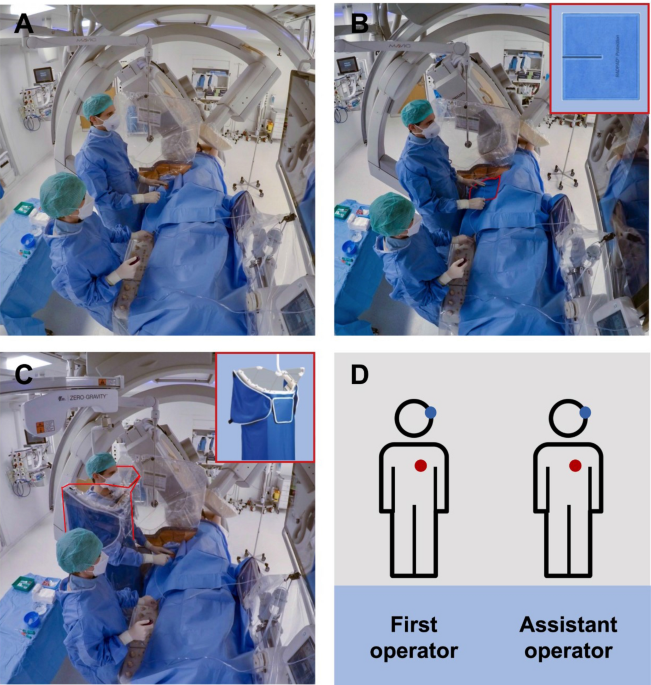
Effectiveness of radiation protection systems in the cardiac catheterization laboratory: a comparative study

Figure 2: Radiation Protection System in the Cardiac Catheterisation Laboratory: Commonly Employed Strategies to Minimise Radiation Exposure are Safety Cap, Glasses, Lead Skirt and Vest with Thyroid Collar and Radiation Protection Shield
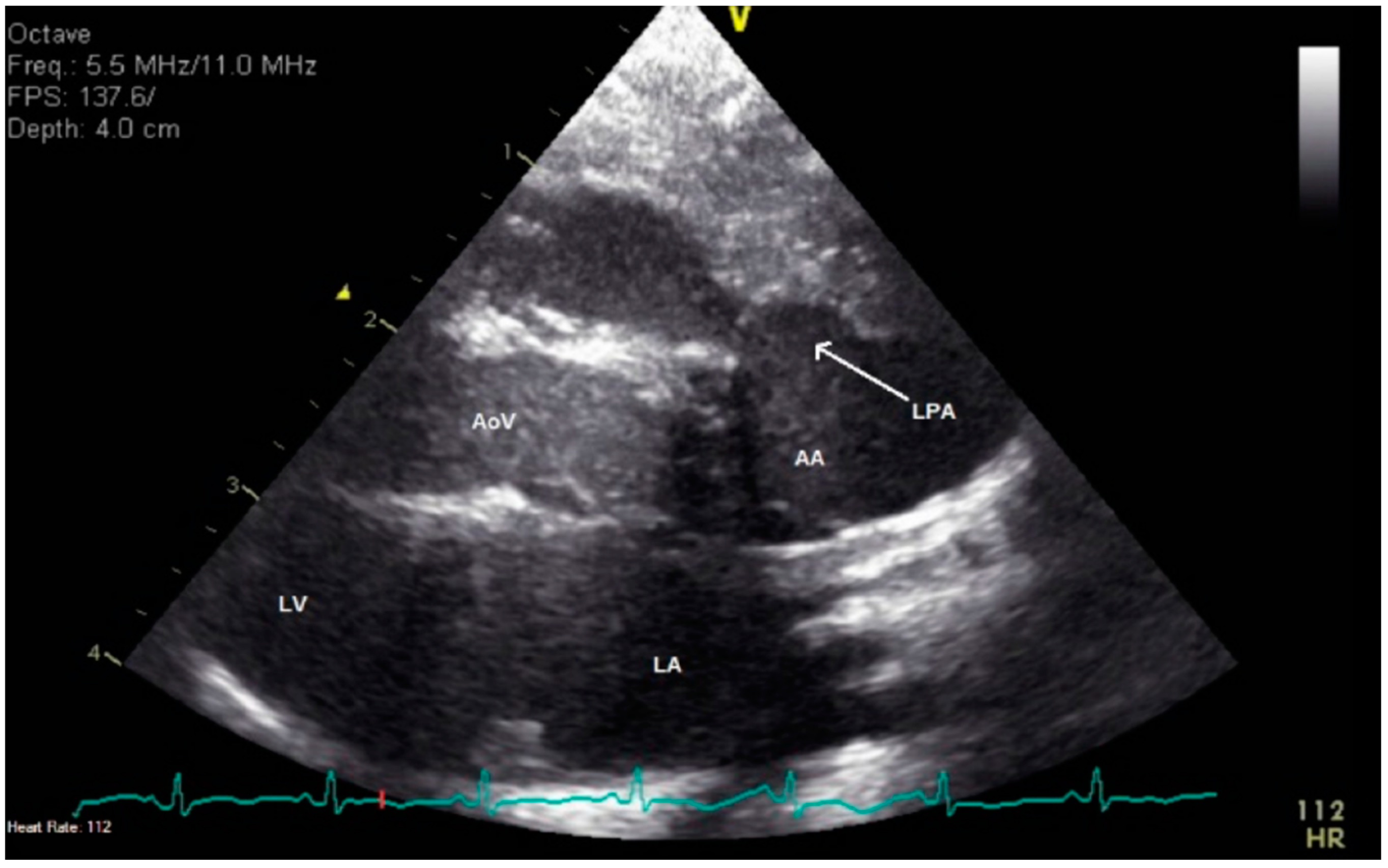
JCDD, Free Full-Text

PDF) The appropriate and justified use of medical radiation in cardiovascular imaging: A position document of the ESC Associations of Cardiovascular Imaging, Percutaneous Cardiovascular Interventions and Electrophysiology

Pediatric Diagnostic Cardiac Catheterization

Pediatric Diagnostic Cardiac Catheterization
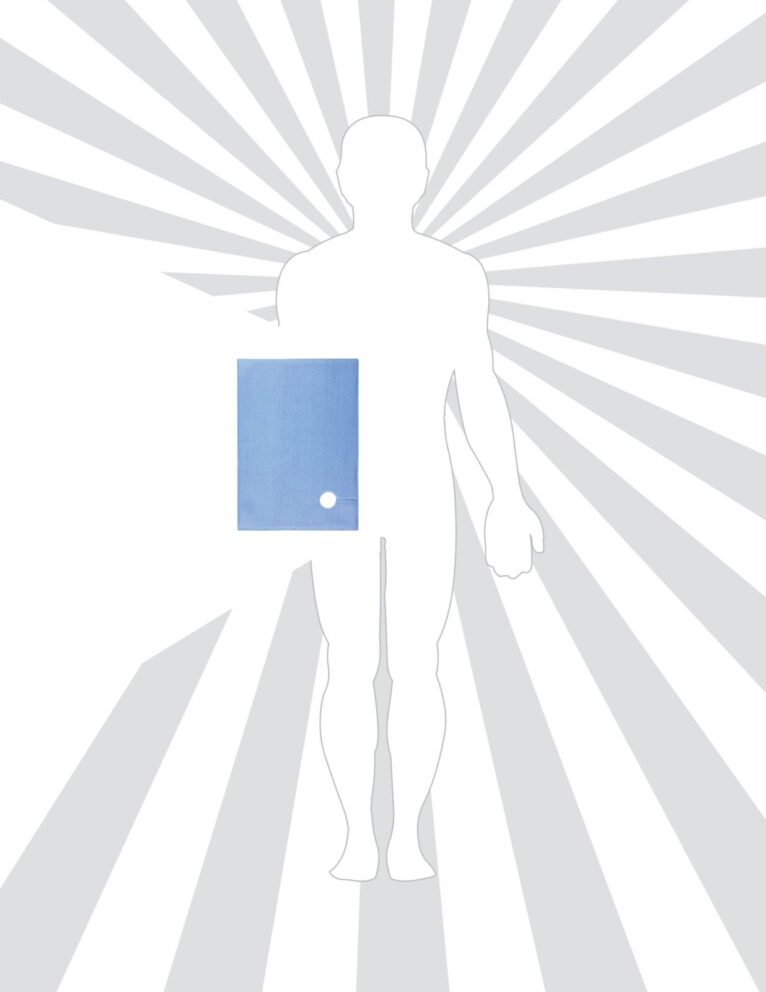
Scatter Radiation 101 for Healthcare Professionals: Minimizing Your Exposure - Infab

Quantified evaluation of tracheal compression in pediatric complex congenital vascular ring by computed tomography

Past, Present, and Future of Radiation-Induced Cardiotoxicity: Refinements in Targeting, Surveillance, and Risk Stratification

Non-invasive imaging for structural heart disease

Measures to Reduce Radiation in a Modern Cardiac Catheterization Laboratory

